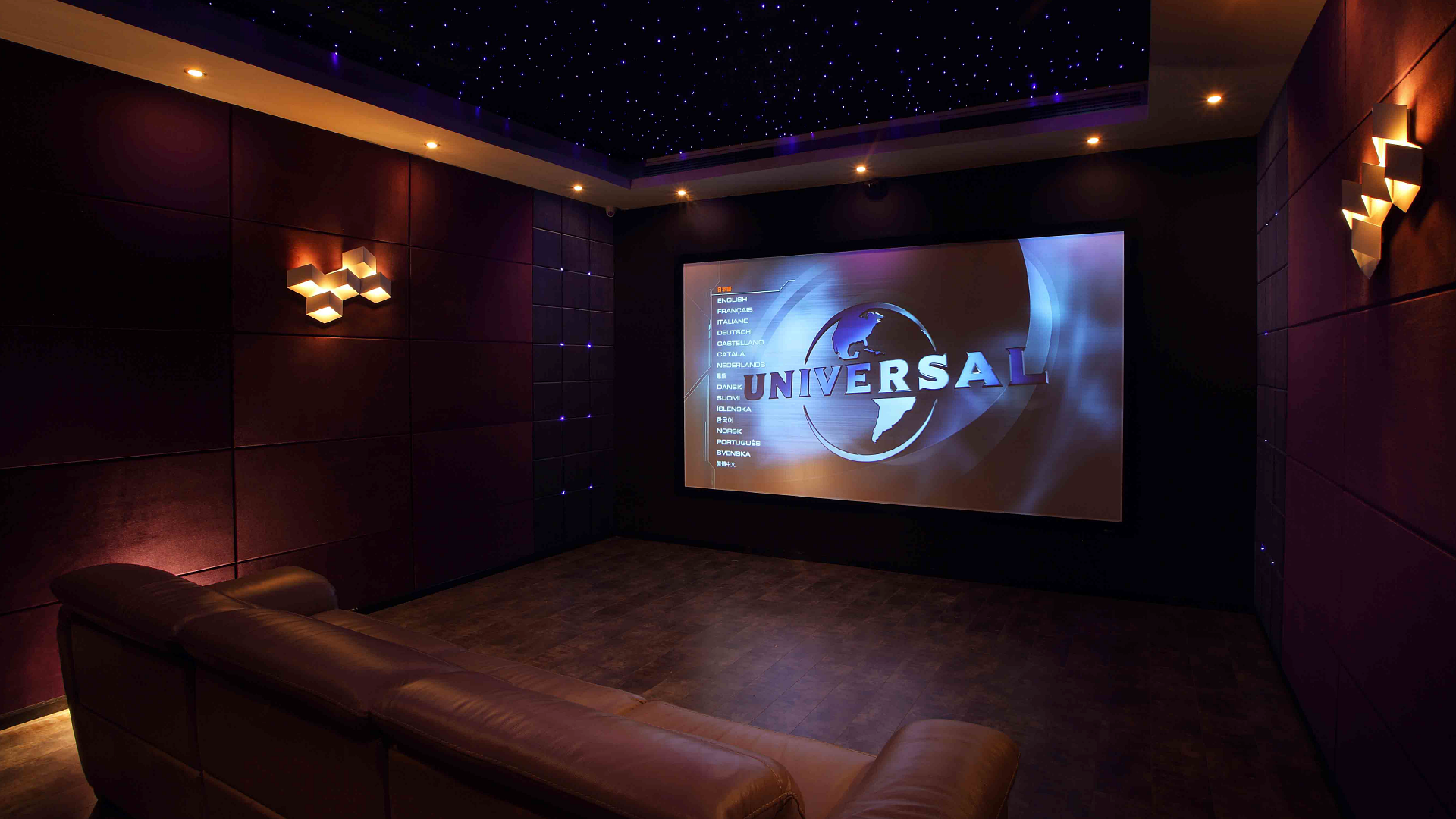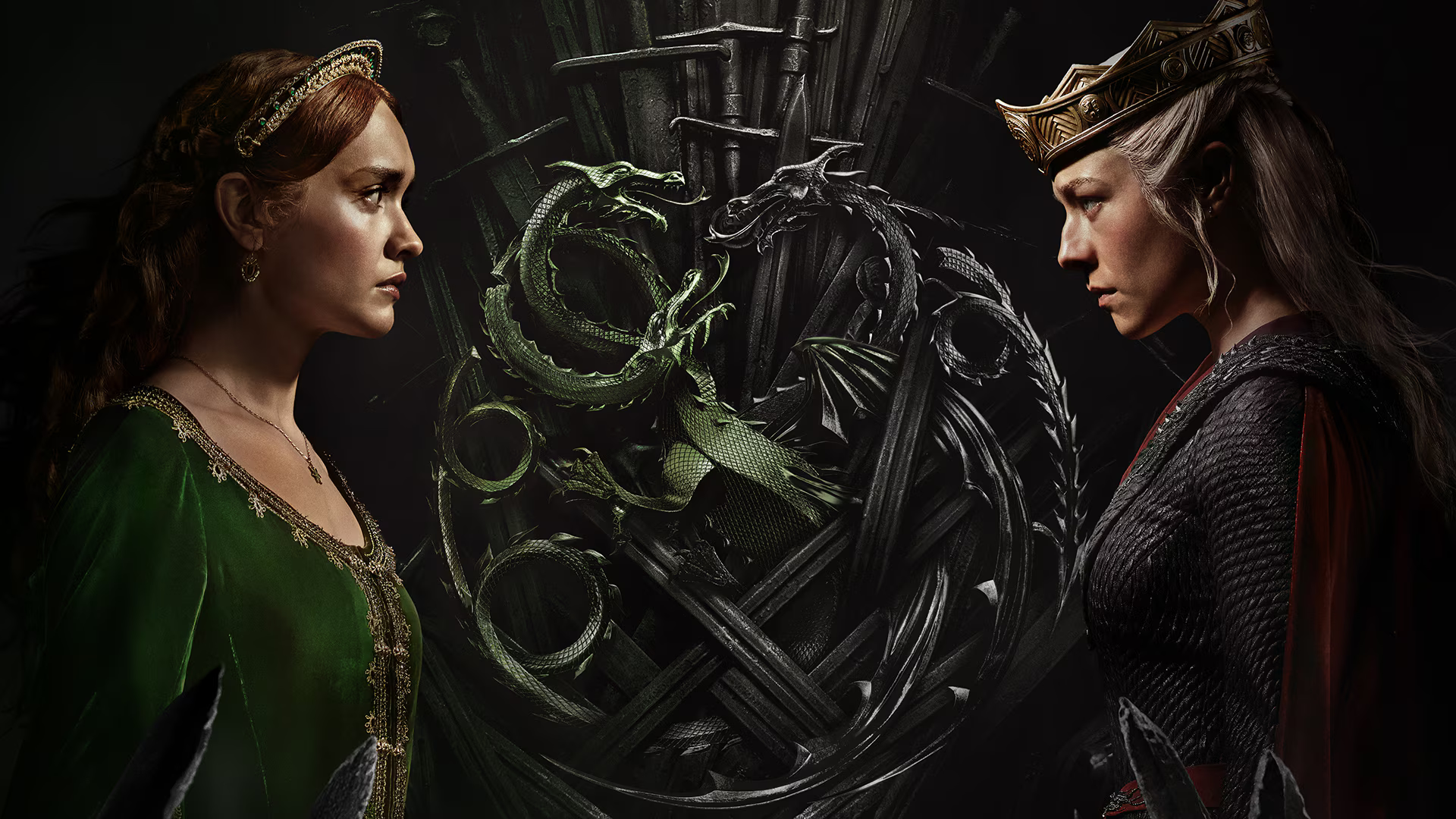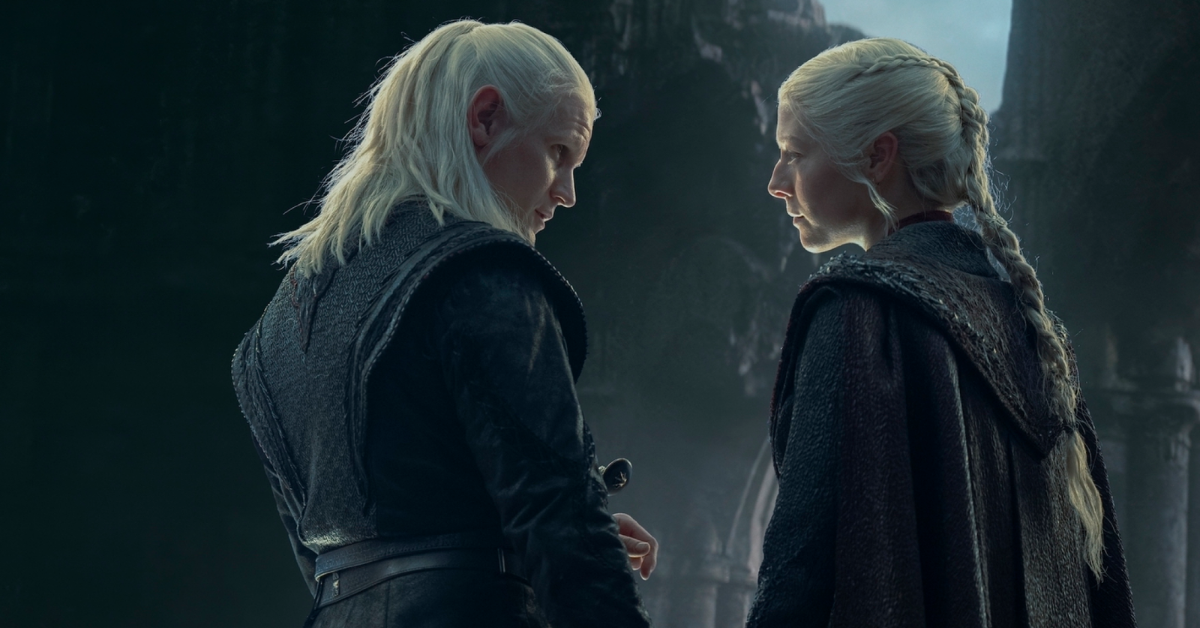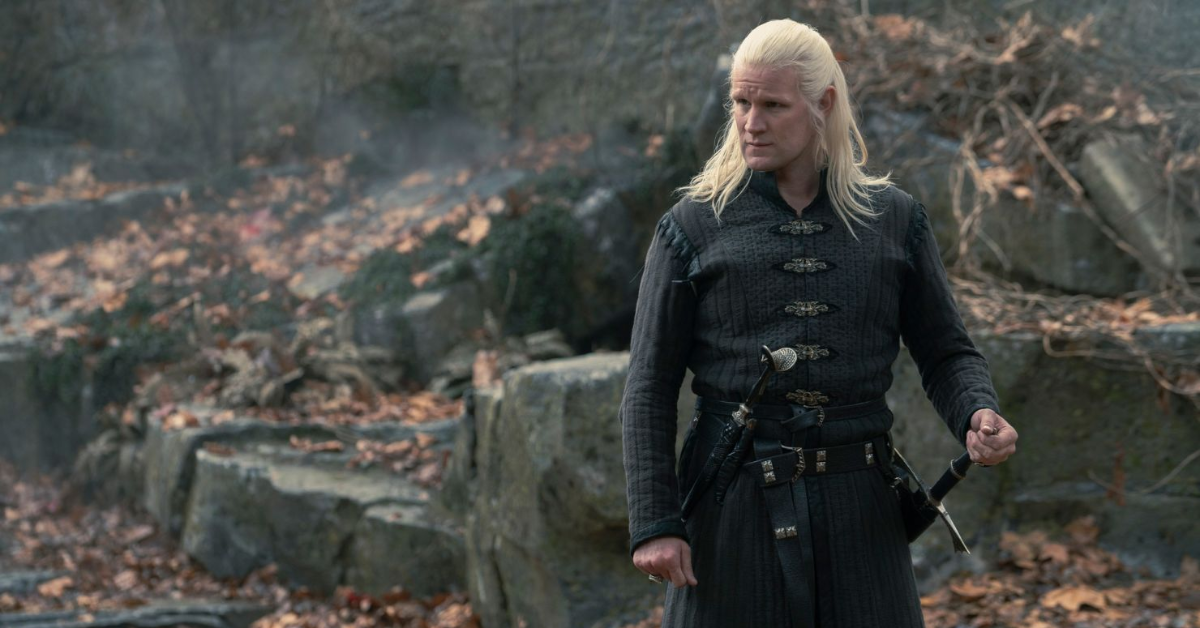
I wasn’t excited for our screener of The Jungle Book. In fact, I was actually dreading it. My entire day leading up to the event was filled with nightmarish flashbacks to 1994’s live action Jungle Book, The Jungle Book 2, and every other piece of sub-par Jungle Book material made after the original 1967 animated film. Why I have seen most of these calls my very sanity into question.
Despite my trepidation, I still decided to join my Back to the Movies colleagues Caleb and Arthur to see the film. After settling into our theater, I was astonished by how quickly the opening moments of the movie grabbed my attention and I continued to enjoy myself for the rest of the entire 90 minute runtime.
The latest retelling follows Mowgli (Neel Sethi) as he navigates the jungle to find his human village after being being hunted by Shere Khan (Idris Elba). Along the way, we have vignettes and cameos woven together as Mowgli strives to defend himself, his wolf family, and friends Bagheera (Ben Kingsley) and Baloo (Bill Murray) from this threat. No jungle journey is without incident as Mowgli falls into the coils of Kaa (Scarlett Johannson) and large paws of King Louie (Christopher Walken) while trying to live the noble Law of the Jungle.
What’s immediately noticeable is the breathtaking use of CGI. Before viewing the film, I experienced anxiety regarding the use of CGI to demonstrated moving animal mouths. The special effects wizardry used to blend the puppetry, CGI, and motion capture is pure magic. It’s sad to say I could not find the same finesse in the 3D. It had its moments, but I couldn’t get past the nausea I experienced during the Jason Borne-esque shakycam opening sequence. If you’re a 3D person, spring for it, but I wouldn’t do it again.
Sethi’s Mowgli had a burden to carry as the only live action actor on the screen and I’d say he did merely fine. I am aware some critics complain about him “not being able to act.” Some of his anachronistic performance made me feel like he was a child in 2016. I was constantly having to remind myself that this is supposed to be set in an India of active British colonization of the 1800-1900s, not the India of the 21st century.
The rest of the acting performances make for a great ensemble cast. Had his supporting cast been lesser, Sethi’s Mowgli would have faltered. Murray’s Baloo is a fun take on the original character, Kingsley’s Bagheera was spot on, and Elba nails evil incarnate in his role as Shere Khan. Walken and Johansen are wonderful cameos.

The complaints regarding the inclusion of two musical numbers are unfounded. A long time ago, during my more active community theatre “career,” a director in a musical gave me important motivation explaining why characters choose to sing. They sing when they are overcome with so much emotion that what they’re experiencing cannot be conveyed in any other way.
The same logic follows through with the inclusion of Baloo’s and Louie’s musical numbers. Both are singing about things they want–Baloo to live “the good life,” King Louie to get man’s red flower. This could give good explanation for the exclusion of Kaa’s big musical number. Besides her desire to eat Mowgli, there wasn’t any over pouring of emotion that would inspire a song.
The Jungle Book has received a heaping amount of praise from critics, but let’s not pretend this is a perfect film. Who is this film for? It’s too scary for younger viewers, nor should it be PG-13. The number of jump scares from Shere Khan and King Louie caused adults to jump and little kids in the crowd to cry out in alarm. If you have small children to take to this picture, keep this in mind. If your child was afraid of walking down the Halloween aisle at Walmart until age 12 like me, this is probably not the film to take them to.
There’s also a bigger more important question that needs to be asked. Is it right for a white director to direct a film regarding colonial India? Or is this problematic considering colonialism and India’s history? It’s going to be up to each individual viewer to ponder on their own, but the implications could be troubling.
The biggest problem with The Jungle Book is one of conceptual identity. Do we really need this film? This story has been told so many times through the means of film and we’ve even got another adaptation to be released by Warner Bros in 2018. This resurgence of live-action Disney reboot properties serves as any excuse to not come up with new ideas. Disney could afford to take the risks, but it’s become easier to bet on an established property than take on a more adventurous project.
The cynical side of me is chalking this up to the use of parental nostalgia as the smartest marketing tactic ever devised. Parents who grew up with this movie are going to take their children to see this picture and catch a lot of the inside jokes regarding the 1967 version that their children may miss.
 Examining this film through this manipulative marketing lens makes it clear. Of course I like this movie. I was primed from my Disney Classics cassette Sing-a-Long Tapes I and II. While this film succeeded on nearly every level, I have a personal qualm with Disney choosing to rely on nostalgia in order to tell us a story. Disney misses the mark by recycling old material in order to pad their bottom line.
Examining this film through this manipulative marketing lens makes it clear. Of course I like this movie. I was primed from my Disney Classics cassette Sing-a-Long Tapes I and II. While this film succeeded on nearly every level, I have a personal qualm with Disney choosing to rely on nostalgia in order to tell us a story. Disney misses the mark by recycling old material in order to pad their bottom line.
The Jungle Book
- The Jungle Book (2016) – 7/107/10
Summary
The film itself is beautiful and expertly crafted, but Disney should consider taking on riskier projects with this kind of production value.
Alexandra Bohannon just graduated with her Master’s in Public Administration, and is on the job hunt. She’s also on an a weightlifting team and podcasts way too much. Keep up with Alexandra’s most recent flicks on Letterboxd @Alexvbooks or follow her on Twitter @alexvbrohannon




Leave a Reply